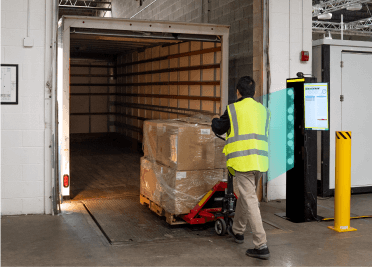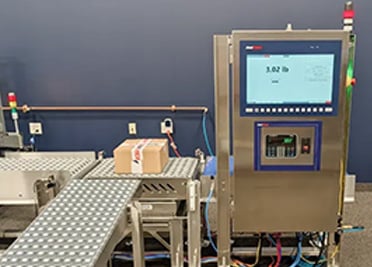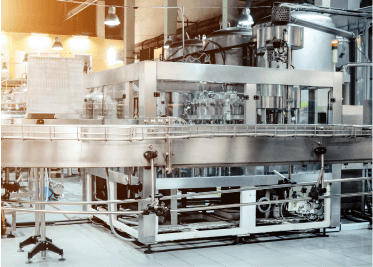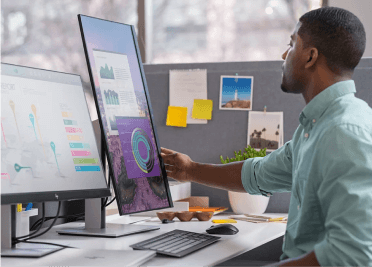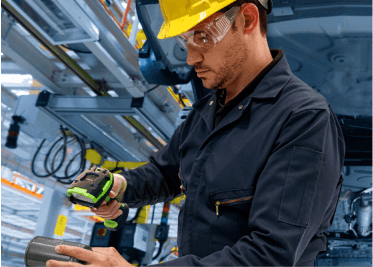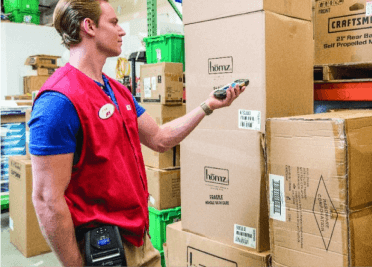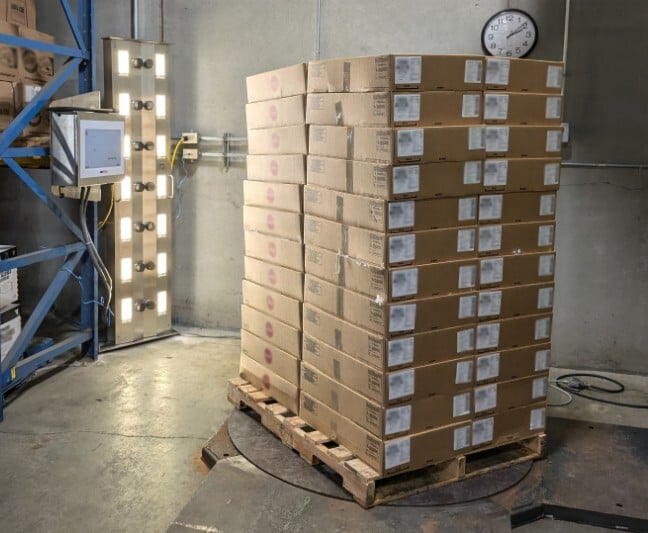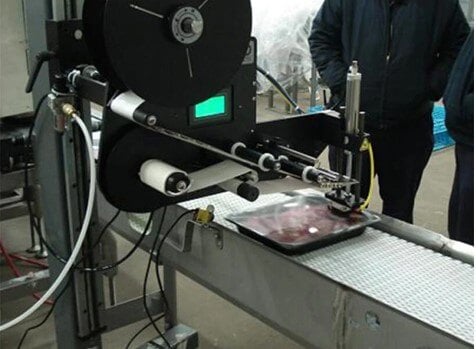If your business is considering an investment in a real-time locating system such as Zebra’s MotionWorks software and technology, one of your first questions should be about return on investment (ROI).
How much value will you get out of your system, and will it help you save on long-term costs?
It’s a crucial question to ask, but it’s also important to remember that calculating and estimating ROI for a real-time locating system (RTLS) depends entirely on several key factors:
- How you’re applying the technology in your business
- Which hardware and software is required for your application and environment
- How extensive your system needs to be to meet your needs
- What the costs of your current operational processes and systems are
- How much cost savings you’ll create and how quickly
This means your costs and return can vary widely depending on your unique situation, but you can start to get a better sense of what you can expect by understanding some examples of how RTLS generates major value and return.
Understanding some of these potential RTLS applications and how they generate value in these areas can be a first step in starting to narrow down the variables and build toward a meaningful estimate of ROI.
In this article, we help you get started by taking a look at several ways companies have used an RTLS—and Zebra’s MotionWorks specifically—to create major cost and labor savings in their operations.
Let’s jump in and take a look.
Avoiding Costly Food and Beverage Recalls
A single contaminant or undeclared allergen during the food or beverage manufacturing process can wreak havoc on your entire supply chain and your brand. Manufacturers must notify distributors, wholesalers, and regulators about any contamination or allergen issues, and retailers need to pull any affected product from shelves.
This has made the ability to track and trace food and beverage products from the supply chain and manufacturing to the consumer a top priority for many food and beverage manufacturers. This is where an RTLS can be a huge benefit by reducing the impact and costs of recalls.
There are a two key ways you can use an RTLS to avoid recalls or minimize their cost and impact.
- Tracing Ingredients for Quality
One is to start with automatically tracking and tracing individual ingredients, so you have clear visibility into what’s coming into the supply chain and which ingredients are being used in production processes. By replacing manual and paper-based tracking processes with the automation of RTLS, you can achieve accurate and efficient traceability at a much lower long-term cost. It also positions food and beverage manufacturers to more quickly and easily identify the sources of quality issues if a particular ingredient or process error is the culprit.
Traceability may involve using Zebra passive RFID tags to track bulk items such as bins or pallets of ingredients as they move through a warehouse or the plant floor. As these items pass through your processes, your RFID tags will help provide an audit trail, including which products are involved, which line produced them, and which machines were used.
In the event of a recall, you can use this information to quickly identify and quarantine affected batches and to help retailers identify the right batches or lots of products from store shelves.
- Monitoring Temperature and Environment Conditions
You can also use an RTLS to automatically collect environmental information such as temperature and humidity, to ensure perishable products are produced, stored, and transported in the right conditions to ensure quality and safety. For example, you can use active RFID tags and other sensors to automatically alert you when there is any deviation from acceptable thresholds.
If you’re using passive RFID, where RFID readers send radio waves to your tags to provide power and “wake” them up, the costs of your RTLS implementation and system will typically be lower. That’s because the cost of passive tags is lower.
If you need to use active RFID, where tags have their own on-board power source, so they can periodically wake themselves up and send data to nearby RFID readers, your tags and overall costs will be more expensive.
However, with either system, you’ll be saving costs and your brand reputation by potentially avoiding food or beverage quality issues or recalls before they occur, or minimizing the damage and costs with a faster and more targeted response in the event that a recall happens.
OPEX Savings from Reduced Manual Labor and More Efficient Workflows
One of the big breakthroughs that many companies realize with an investment in an RTLS is a significant reduction in manual labor. One common way they do it is with more efficient and less labor-intensive inventory management.
By being able to use real-time locating technology to track inventory and assets automatically, without having to manually scan barcodes or conduct time-consuming cycle counts, warehouses and manufacturers can save thousands of hours of labor and even eliminate costly shutdowns to conduct an annual inventory.
Using an RTLS to automate data capture and track the real-time location of inventory or assets also means you can feed and integrate that data into your enterprise systems and apps to enable more efficient workflows and process management.
For example, you could use an RTLS to tag and track parts or components as they arrive at various production stages, triggering alerts and resulting workflows using location data, software, and even machine integration. Your RTLS can also be configured to validate that the correct parts or components have arrived for that particular process, using a green light and red light system to visually and automatically indicate valid parts or potential exceptions.
There are many ways to potentially use real-time location and asset status data to improve almost any process. Ultimately, it’s just a matter of determining whether an RTLS is a good fit for a particular process, what you would need to integrate it in that area of your operations, and where you’ll be streaming the resulting data to help you improve workflow productivity and efficiency.
Reduced CAPEX Spending Through Improved Asset Utilization
Another key way to achieve ROI on an RTLS investment is by improving your asset utilization. By being able to track the location, status, and maintenance of tooling, equipment, supplies, and other assets with an RTLS, you can potentially reduce the total number of assets you need to purchase and maintain.
For example, in the healthcare industry, RTLS solutions have been used to track utilization rates, locations, and maintenance of mission-critical equipment such as ventilators. In some cases, hospitals have been able to reduce CAPEX expenditures on these assets by hundreds of thousands of dollars, by being able to ensure on-time availability, quickly locate devices, minimize the need to buy and maintain extra devices to meet healthcare needs, and minimize maintenance downtime, theft, and loss.
The same strategy can be applied in industrial warehouses, factories, and other facilities, wherever it pays to maximize the utilization and minimize the need to purchase expensive and specialized equipment, supplies, or tooling.
Improved Plant Productivity from Shorter Equipment Search Times
An RTLS also delivers value by allowing manufacturing plants to quickly locate, retrieve, and move production equipment or other specialized tools when they’re needed.
A great example is in the aerospace industry, where production often takes place across multiple buildings, with specialized equipment that’s often shared and moved between locations. Delays are commonplace when it comes time to figure out where a particular piece of equipment is and then move it and stage it for production work in another location. These delays can be extremely costly in terms of downtime, and when they lead to purchases of extra equipment to compensate for these problems, it’s an expensive waste for the manufacturer.
With an RTLS, you can put an end to costly equipment searches and delays by tagging assets and automatically tracking them as they enter and leave buildings and specific production areas. In a matter of seconds, workers or plant managers can use a simple mobile or desktop app to check the location and status of an asset, and they can get it quickly moved to the right place and staged for work that needs to begin.
At the end of the day, this can save manufacturers tens or even hundreds of thousands of dollars in downtime, wasted labor, and unnecessary purchasing costs.
Hopefully this article has helped you get a better understanding of the ROI possibilities and value of a real-time locating solution, and where you can potentially create cost savings by implementing an RTLS in certain processes.
To get more help in estimating RTLS ROI for a specific application or process in your operations, contact our team at AbeTech for a complimentary consultation. As experts in RTLS and RFID and partners with Zebra, a global leader in real-time locating, we can work with you to evaluate this technology and bring in additional data and use cases to help you assess the financial and business case for implementing a solution in your business.
To get started, contact us now.
